donghaksa temple
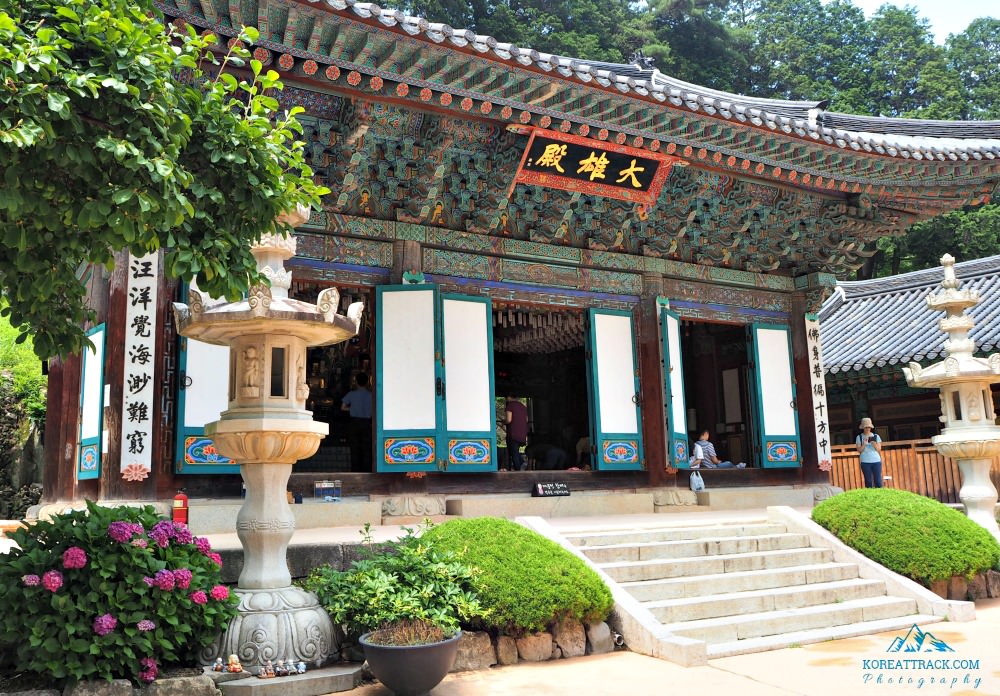 Main Hall of Donghaksa, Gyeryongsan National Park
Main Hall of Donghaksa, Gyeryongsan National Parkdonghaksa temple site
Donghaksa Temple, I believe, is one of the most priced treasures around Gyeryongsan National Park. Both are associated with each other.
Before deciding to hike Gyeryongsan Park, I realized that Donghaksa Temple is part of this beautiful mountain park. So, if I explore this mountain park (partly and for now), I should not miss visiting this historic temple.
That's really true! Most of the blogs and articles about Donghaksa Temple always include experiences of the park. Either the temple was the first destination or the final one--that's after hiking Gyeryongsan using the other trails.
Alright... Let me describe what I saw, felt, think, and learned about this exciting temple site.
Brief Background & Legends
Donghaksa Temple was built by the Buddhist priest named Shangyuan of the Tang Dynasty in 713. This temple is associated with Sangwonam Hermitage where Shangyuan lived and managed.
The story has it that one day, the priest happened to save the life of a tiger who then repaid his kindness by bringing to the hermitage a young woman. The Buddhist priest decided to adopt her and treated her like a sister. Shangyuan taught her, and they studied side-by-side Buddha's teachings.
Another Buddhist monk by the name Hoeui in 724 (during the reign of King Seongdeok of Baekje Dynasty) carved two stone pagodas as a tribute to Priest Shangyuan and his adopted sister.
The two pagodas are the Five-story Stone Pagoda and the Seven-story Stone Pagoda both in Cheongnyangsa Temple site in Gongju. These two pagodas are under the care of Sangwonsa Temple Site.
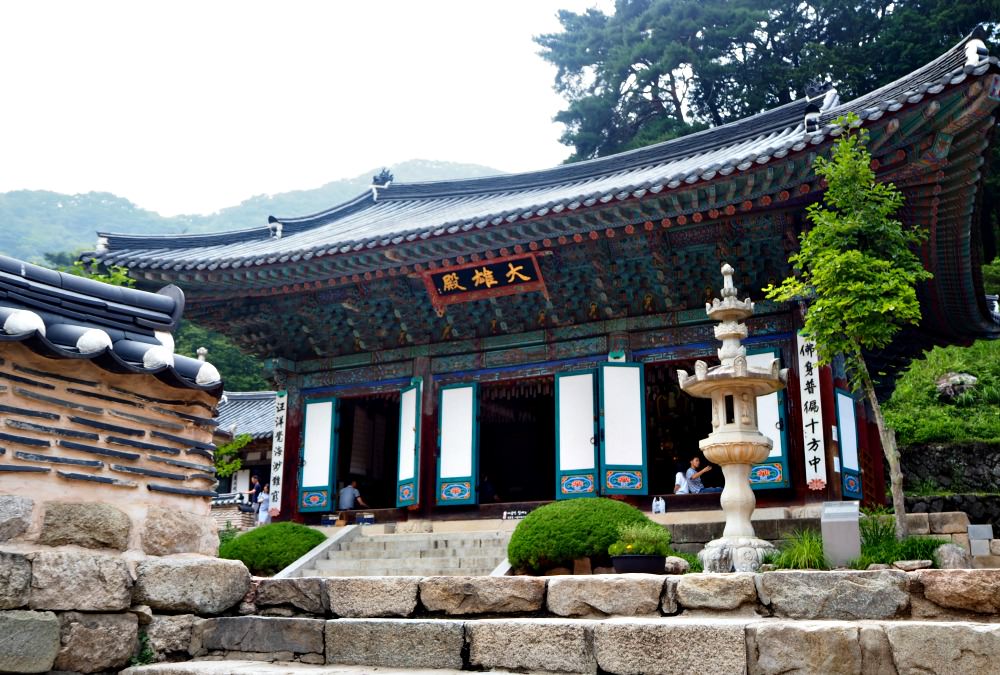 Main Hall of Donghaksa where the Triad Buddhas are enshrined
Main Hall of Donghaksa where the Triad Buddhas are enshrinedIn 920, the National Preceptor Doseon of the Goryeo Dynasty built a Buddhist temple for King Taejo where Donghaksa is now standing.
in 936, Ryu Cha-dal built Donghaksa Shrine for Silla Dynasty's founder after it collapsed.
Donghaksa, a name derived from a crane-shaped rock in the temple, was destroyed together with the shrine during the Sin Cheon-Yeong's Rebellion in 1728.
The temple was rebuilt in 1814 by Seon Master Wolin and was restored later on by Master Boseon in 1864.
Features of Donghaksa Temple
As soon as you see the stone steps, you will also immediately see the Daeungjeon or the main hall of the temple that houses the principal Buddha statues.
It attracted me as I started to make my strides up the steps and started clicking my camera.
You will notice the gorgeous designs of the front doors. Inside the hall, you will see the sublime triad of Buddhas on the altar, accompanied by a guardian painting to the right.
I moved to the side of the hall and saw the Palsang-do painting that depicts the life of Buddha. Aside from the clear message of the art, the English descriptions per painting made me more appreciate them.
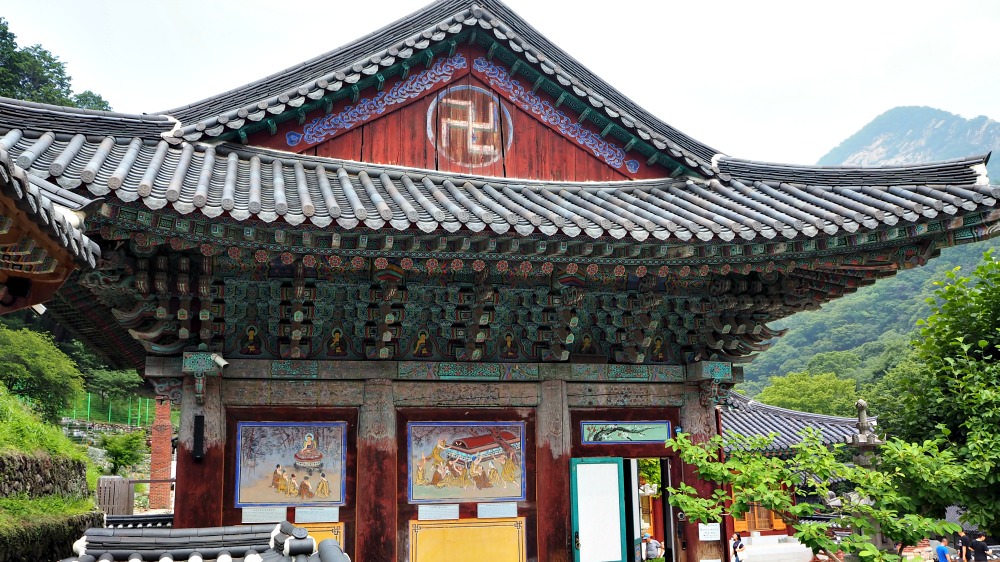 Buddha's life paintings on the rightside wall of the Main Hall where the Triade Buddhas are enshrined
Buddha's life paintings on the rightside wall of the Main Hall where the Triade Buddhas are enshrinedIf you turn left while facing the main hall, you will have a fantastic sight of Munpilbong Peak.
If you turn right, you will find the kitchen facility of the temple area. Since this temple area is being maintained by many female monks, you can sense the refined feminity of arts and design, which is a bit different from most temples in Korea.
Main Hall - Daeungjeon
Wooden Seated Sakyamuni Buddha Triad and Excavated Relics
Just like in most main halls of Buddhist temples, this houses three huge statues.
The triad statues--Shakyamuni, Bhaisajyguru, and Amitabha--were believed to be made in 1606. Physically speaking, each is featured with a disproportioned small face, imposing physique, and noble expression of a balanced body position.
The statues were re-gilded in 2010, which made them look so great and sparklingly golden yellow...
While the experts were restoring the statues, they found a written prayer containing information about their origins, a collection of treasures, and scriptures hidden inside the figures.
The written prayer disclosed that these three statues were initially from Cheongnimsa Temple's main hall of Gyeryongsan Mountain in Gongju.
Due to artistic features and findings related to their existence and origins, the authorities considered the statues as very significant cultural assets.
Three Sages Shrine of Donghaksa Temple
This structure houses the three spirits. The one in the middle is the spirit of the seven stars of the Big Dipper constellation.
The Big Dipper is supported by the Mountain God on the left and by the Solitary Spirit on the right.
The Big Dipper ('Chilseong' or seven stars) is considered by believers as the lord of the stars and governs human destiny and long life.
The Mountain God ('Sansin') governs the material wealth.
The Solitary Spirit ('Dokseong') understands the principles of Karma and blesses the people with a good life.
These spirits represent Taoism, Buddhism, and traditional religion. This combination of beliefs sums up how Buddhism religion was accepted by Korean people.
In addition to these common features among such halls, on the left wall with the lotus flowers, you will find a painting of Yongwang or the Dragon King.
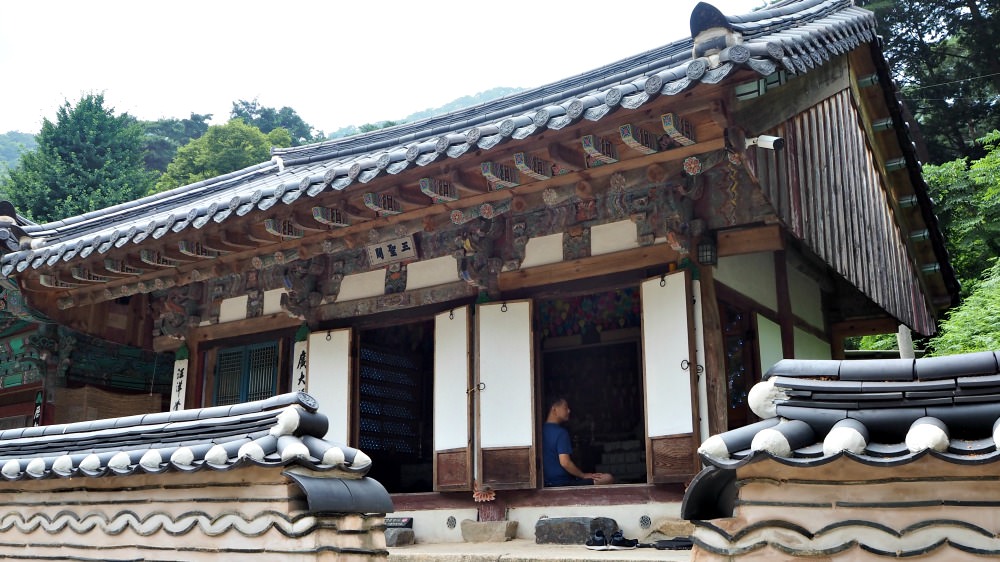 This hall is a shrine of the Three Sages or Spirits that help humanity to live better lives
This hall is a shrine of the Three Sages or Spirits that help humanity to live better livesPrivate Quarters
I can only show you the photos I took of the quarters with the fantastic views of Gyeryongsan Mountains colored green.
Three-story Stone Pagoda
This smaller pagoda was initially from Cheongryangsa Temple area where the Brother-Sister Pagodas are located.
This pagoda really looks very ancient to me. It is believed to be built when Donghaksa was established in 723 during King Seongduk's reign of the Silla Dynasty.
However, experts argue that the style strongly suggests it was sculpted during the Goryeo Dynasty.
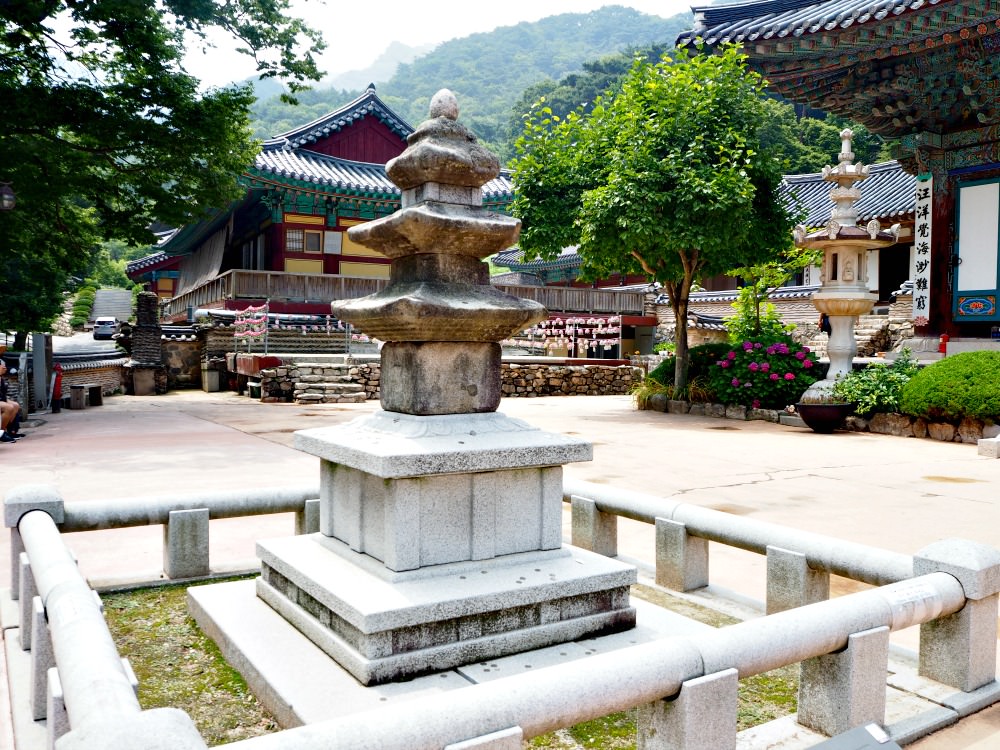 Shown is an ancient Three-Story Stone Pagoda believed to be sculpted during the Goryeo Kingdom
Shown is an ancient Three-Story Stone Pagoda believed to be sculpted during the Goryeo KingdomBell Pavillion
This is one of the structures I like every time I visit a temple area. It has the religious symbols (drum, wooden fish hammer, etc.) of communication between humans and divine spirits.
Baby Buddha Outside the Temple
Lotus Flowers
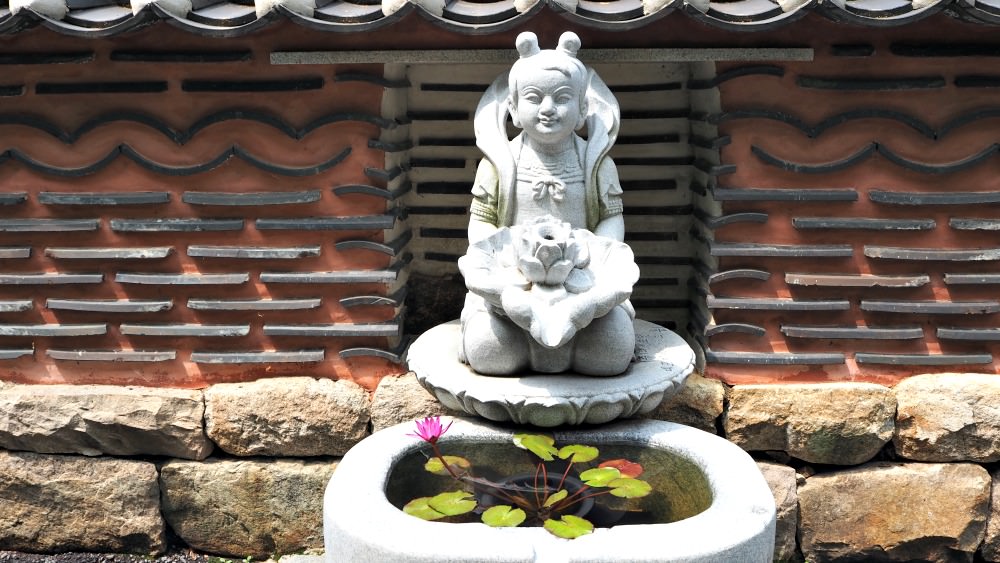
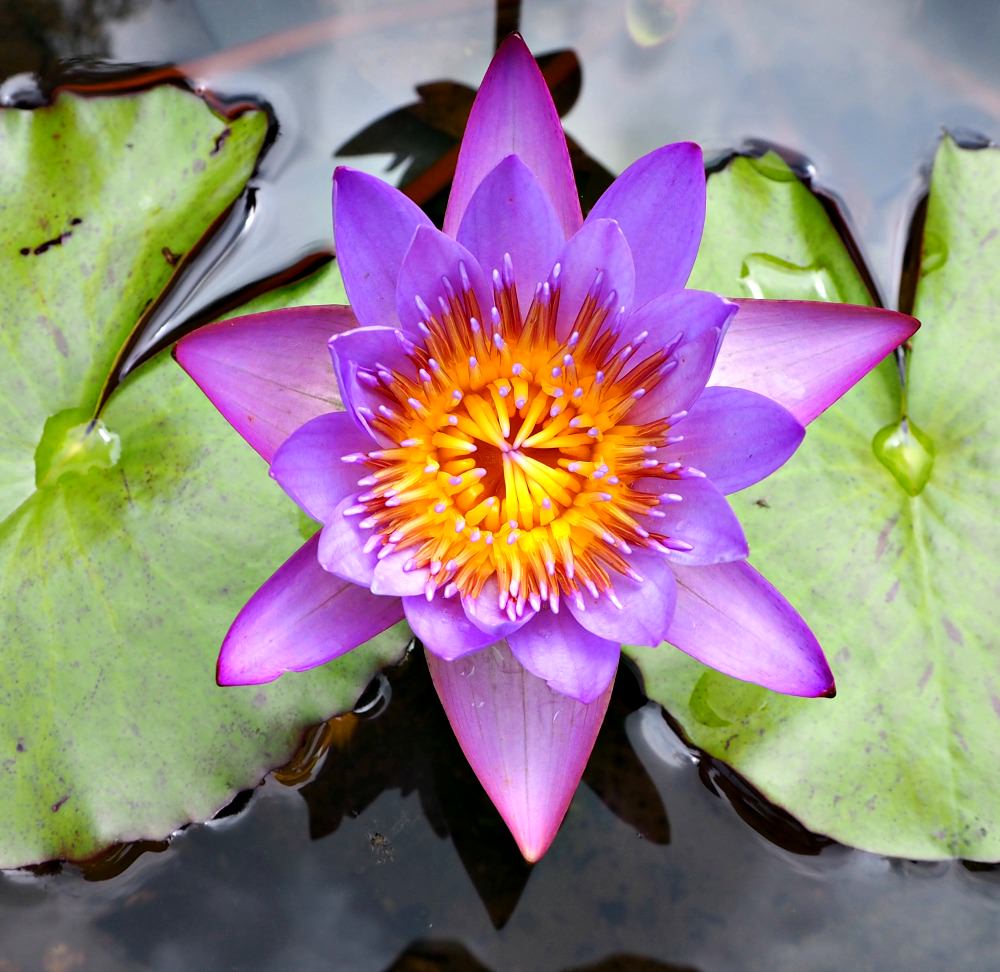 Lotus flower is a symbol of enlightenment in Buddhism. I was lucky that it was blooming with this violet and yellow combination (Abbie)
Lotus flower is a symbol of enlightenment in Buddhism. I was lucky that it was blooming with this violet and yellow combination (Abbie)Three Memorial Shrines
The memorial compound of Donghaksa is composed of three memorial halls or shrines: Sukmojeon, Donggyesa, and Sameungak.
Among the three, Sukmojeon Shrine is the most prominent. It enshrines King Danjong (1452-55) of the Joseon Dynasty. Danjong lost his throne to King Sejo, his uncle.
Sukmojeon Shrine was first built in 1456 by the Joseon scholar name Kim Shi Seup. Kim and other officials didn't become disloyal to the deposed young boy king, Danjong, who was usurped by his uncle, King Sejo.
The East Shrine (Dongmu) and West Shrine (Seomu) enshrine the loyal ministers who tried to restore King Danjong to the throne and six martyred ministers who were killed due to their loyalty to King Danjong.
In 1456, Kim Siseup held a ceremony for the six martyrs. Although the shrine is Buddhist, King Sejo visited and ordered that Confucians and Buddhist hold a spiritual service together the following year.
In was in 1904 that the shrine was elevated to Sukmojeon Shrine status.
Donggyesa Shrine
Donggyesa Shrine enshrines the spirit of Park Jesang, a loyal royal servant of King Nulji, the 19th ruler of Silla Dynasty.
The story says that Park Jesang sacrificed his life to save Misaheun, the king's brother, from the Japanese captivity.
In 936, the early period of the Goryeo Dynasty, Ryu Chadal commemorated Park Jesang's loyalty through a spiritual ceremony. During its renovation in 1956, Ryu Chadal himself was enshrined here.
Sameungak Shrine
Sameungak Shrine enshrines the loyalists of the late Goryeo Period's ancestral tablets: Jeong Mongju, Lee Saek, and Gil Jae.
Gil Jae was the builder of this shrine during the third year of King Taejo's reign commemorated the spirit of Jeong Mongju in 1394.
In 1399, Ryu Bangtaek renovated the shrine and held an ancestral rite for Lee Saek. In 1400, Lee Jeonggan, the governor of Gongju, established a Chohongak, which is a shrine that brings comfort to the souls of this site.
In 1621, Ryu Bangtaek was enshrined, then Lee Sungin and Na Gyejong in 1924.
Two Hermitages
Mitaam Hermitage and Gilsangam Hermitage.
Admission to the temple is 2,000 won.
To Do's Around Donghaksa Temple
Hiking Trails
Picnic
Cooling Off
Strolling & Walking
Resources and Facilities
Parking Area
Bus Terminal
Camping Ground
Pension and Hotels
Daejeon Hotels
Getting to Donghaksa Temple
From Daejeon City, take Bus 107. You can get this bus from Yuseong Inter-city Bus Terminal area. It takes around 40 minutes per direction.
Indeed, there are several modes of transport to get there. But 107 is the one that can ferry you right to Donghaksa Bus Terminal.
Hope this helps and please let me know should you have urgent questions.
Thanks for reading!
Return to Korea Buddhist Temples from Donghaksa Temple
Return to Korea Attractions Home from Donghaksa Temple
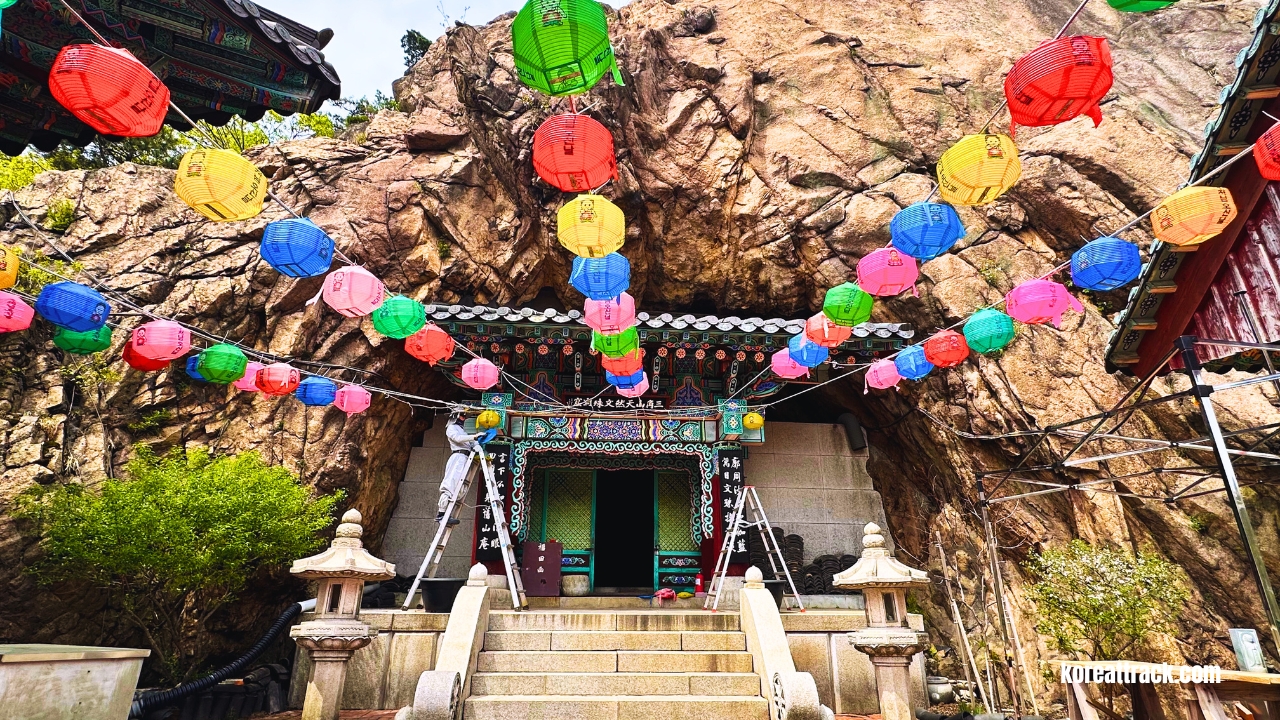
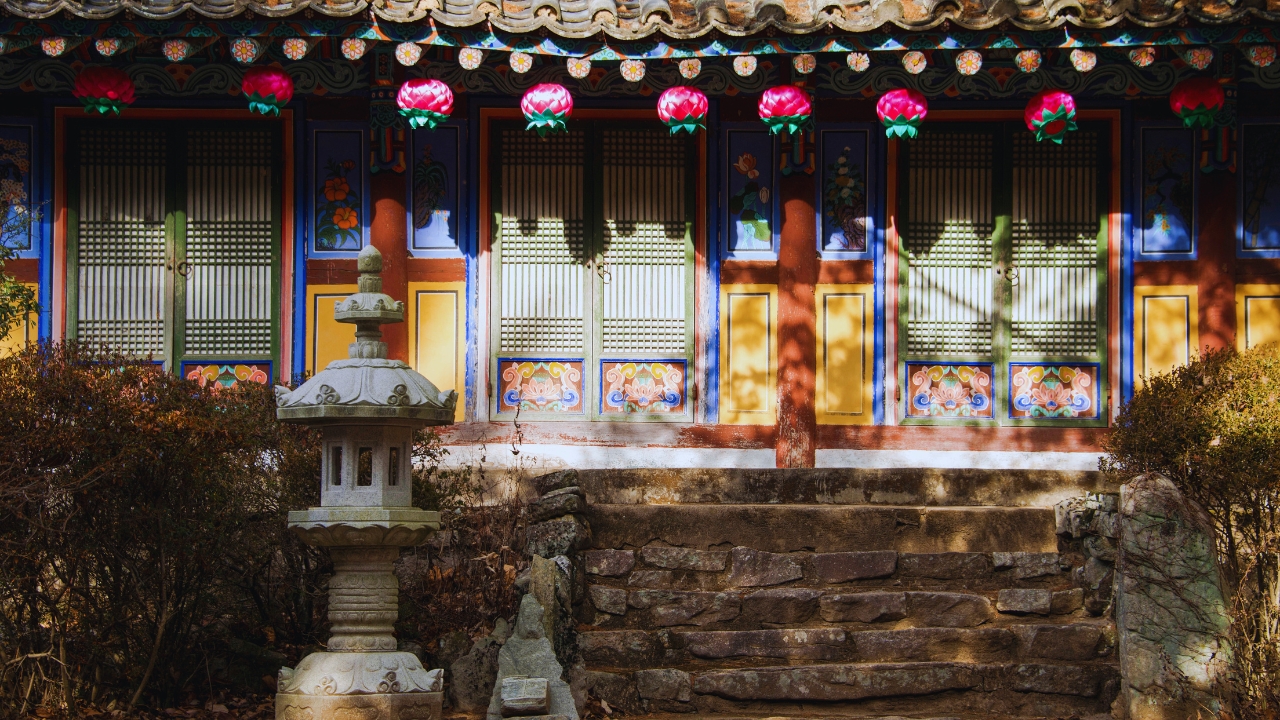
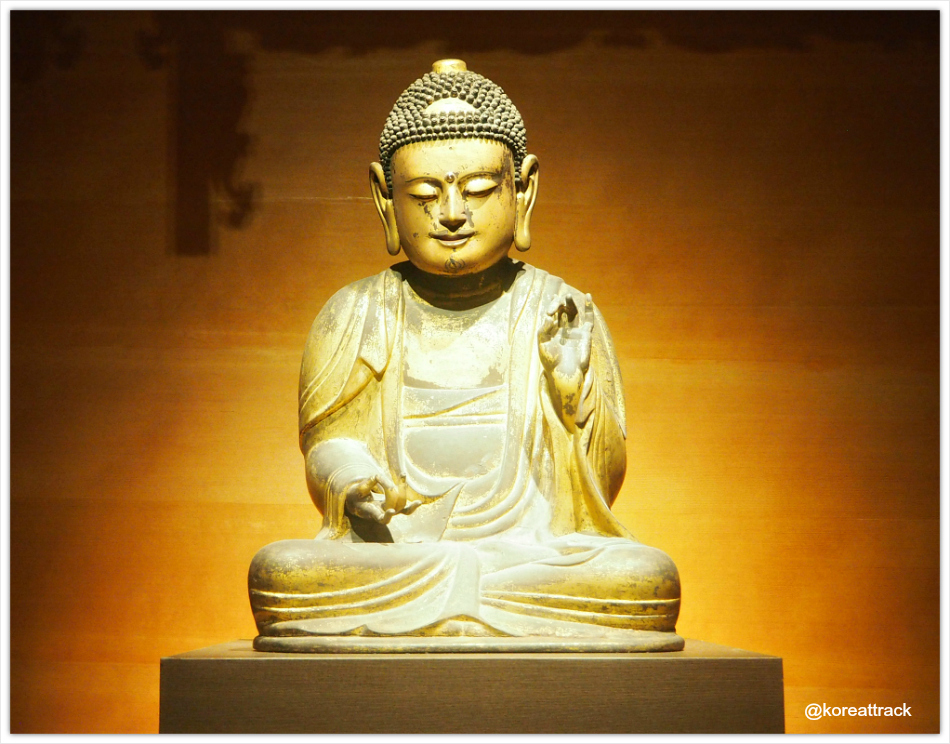
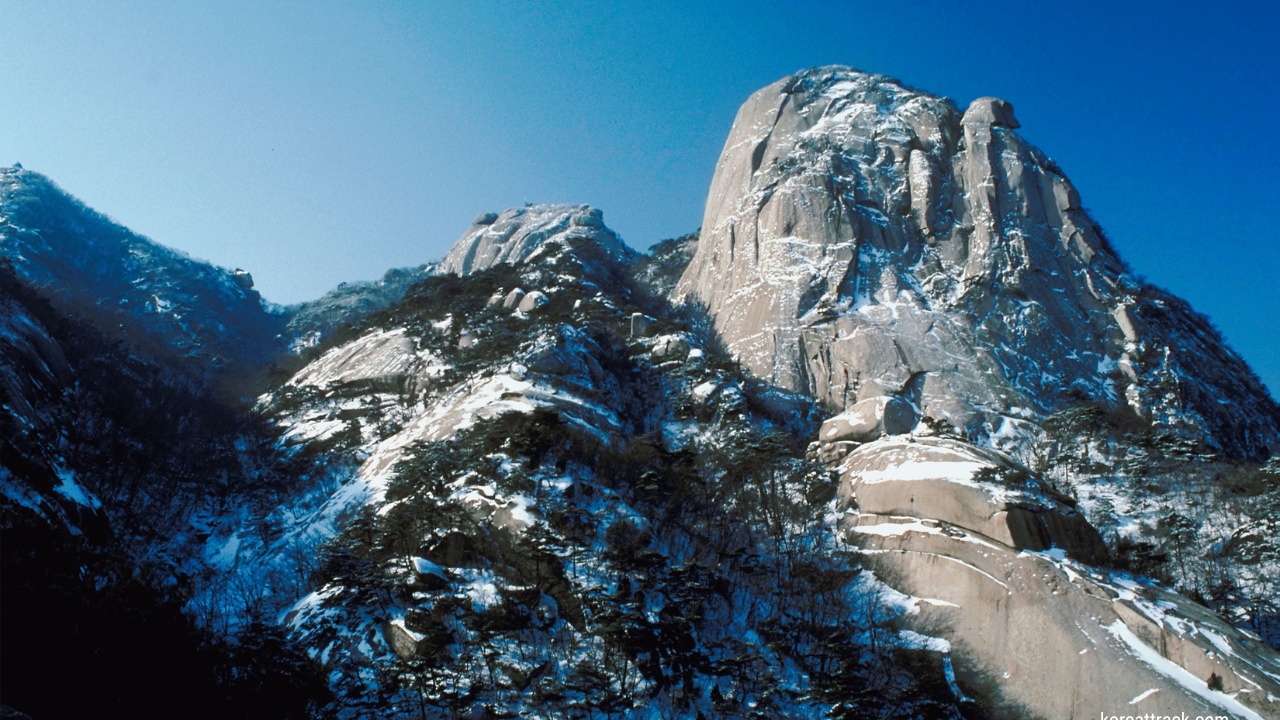
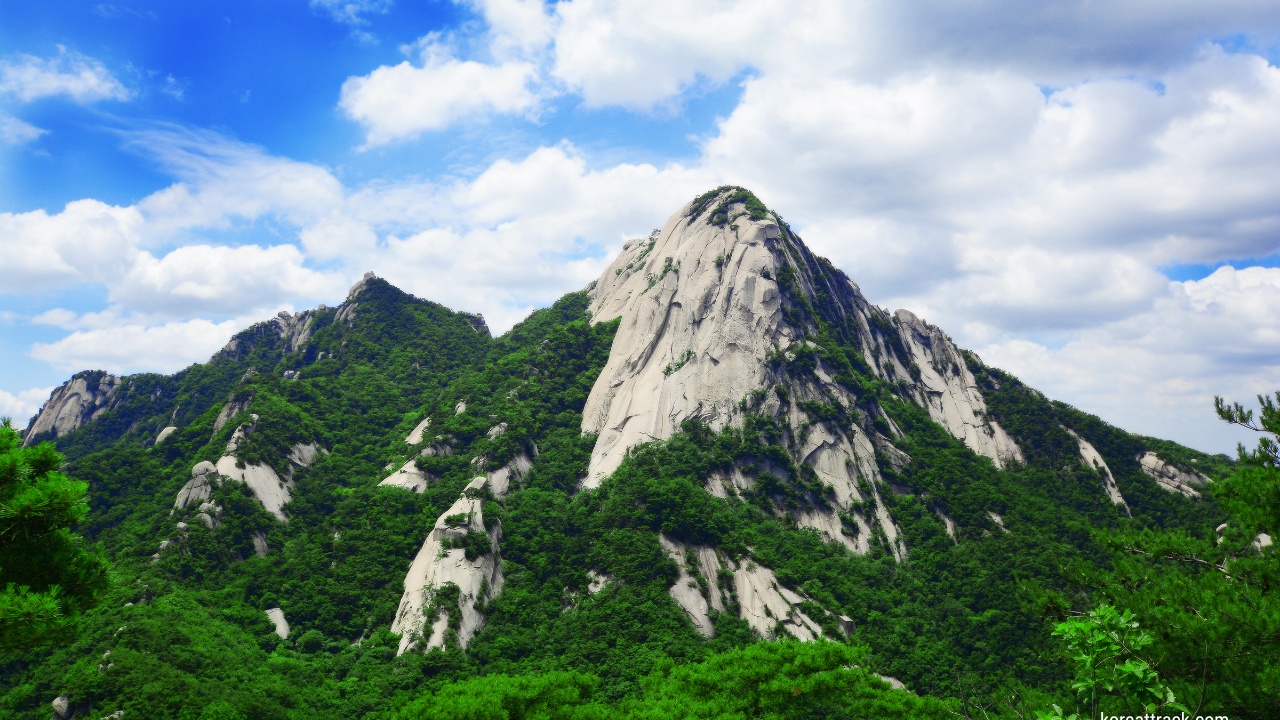
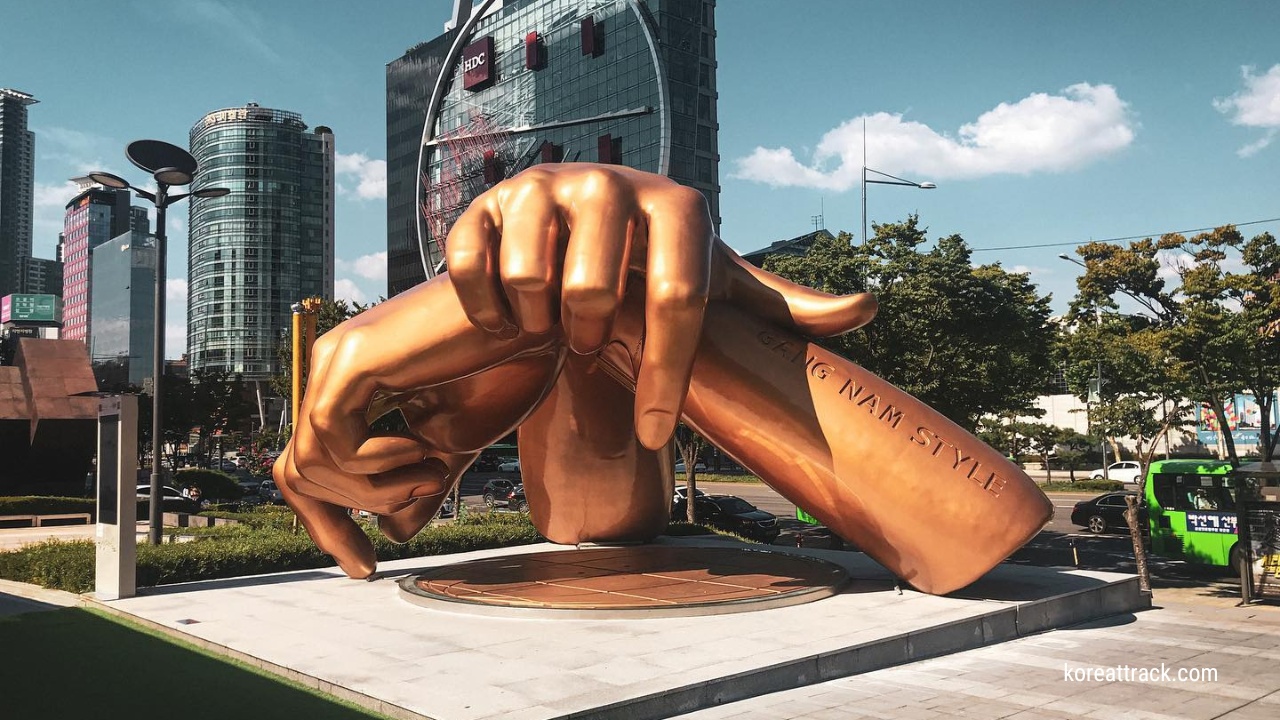

New! Comments
What do you think about this page? Leave me a comment in the box below.